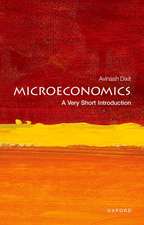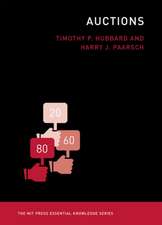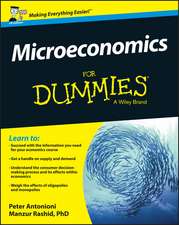The Measurement of Productive Efficiency and Productivity Growth
Editat de Harold O. Fried, C. A. Knox Lovell, Shelton S. Schmidten Limba Engleză Hardback – 21 feb 2008
Preț: 356.49 lei
Preț vechi: 456.95 lei
-22% Nou
Puncte Express: 535
Preț estimativ în valută:
68.22€ • 74.08$ • 57.31£
68.22€ • 74.08$ • 57.31£
Carte tipărită la comandă
Livrare economică 12-18 aprilie
Preluare comenzi: 021 569.72.76
Specificații
ISBN-13: 9780195183528
ISBN-10: 0195183525
Pagini: 656
Ilustrații: 25 line illus.
Dimensiuni: 236 x 165 x 41 mm
Greutate: 1.03 kg
Editura: Oxford University Press
Colecția OUP USA
Locul publicării:New York, United States
ISBN-10: 0195183525
Pagini: 656
Ilustrații: 25 line illus.
Dimensiuni: 236 x 165 x 41 mm
Greutate: 1.03 kg
Editura: Oxford University Press
Colecția OUP USA
Locul publicării:New York, United States
Recenzii
This is an excellent collection of book-length essays on the three main approaches to productivity and efficiency measurement: the econometric, the nonparametric, and the index number approach. The authors, who are experts in the various domains, succeed in providing highly readable surveys of the rich flow of literature that started in the late 1970s, and in giving introductions that are primarily aimed at newcomers but also interesting for experienced researchers. The many applications that are spread through the chapters give the reader a good idea of how to carry out performance assessment in practice. This book has a lot to offer a variety of readers.











